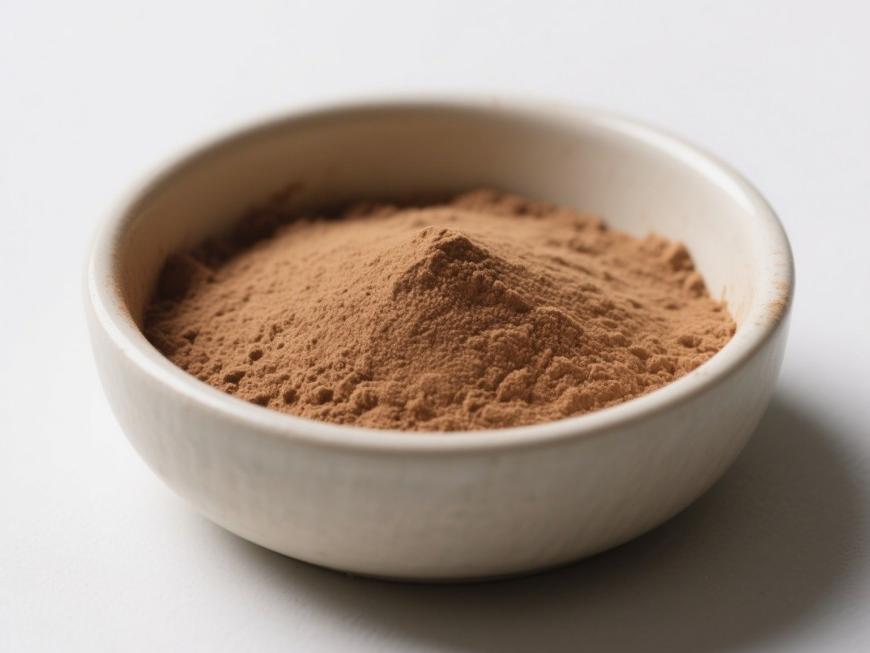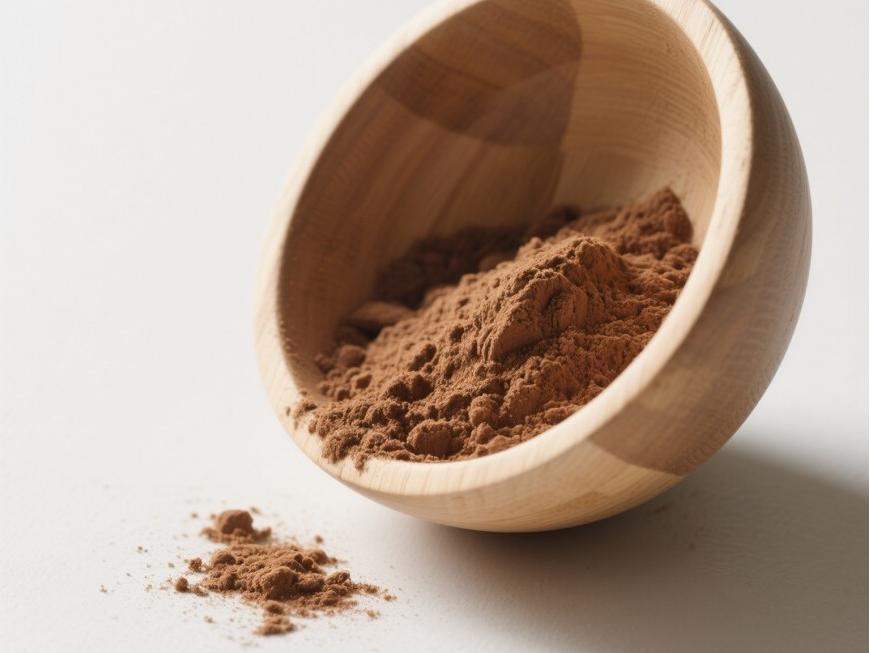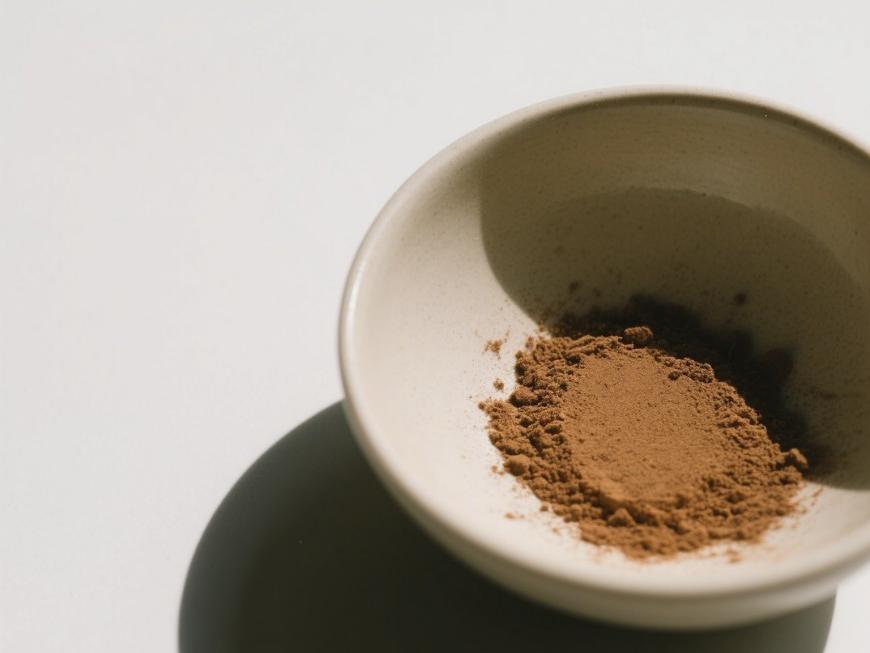Standardized Passion Fruit Extract Empowers Stable and Efficient Product Formulations
Passion Fruit (Passiflora edulis) — Nature's “Treasury of Active Ingredients,” yet its fluctuating natural composition poses industrial challenges for product developers, resulting in inconsistent efficacy and batch-to-batch variations. Is your formulation also seeking a passion fruit extract that preserves natural essence while ensuring stable supply?
Green Spring Technology harnesses science to overcome nature's variability, introducing our “Standardized Passion Fruit Extract.” Through precision agricultural management and controlled extraction processes, we achieve quantitative extraction and batch standardization of high-value components like flavonoids, polysaccharides, and alkaloids. We are committed to providing you with premium ingredients featuring clear composition, stable data, and reliable efficacy, empowering you to create more competitive health products.
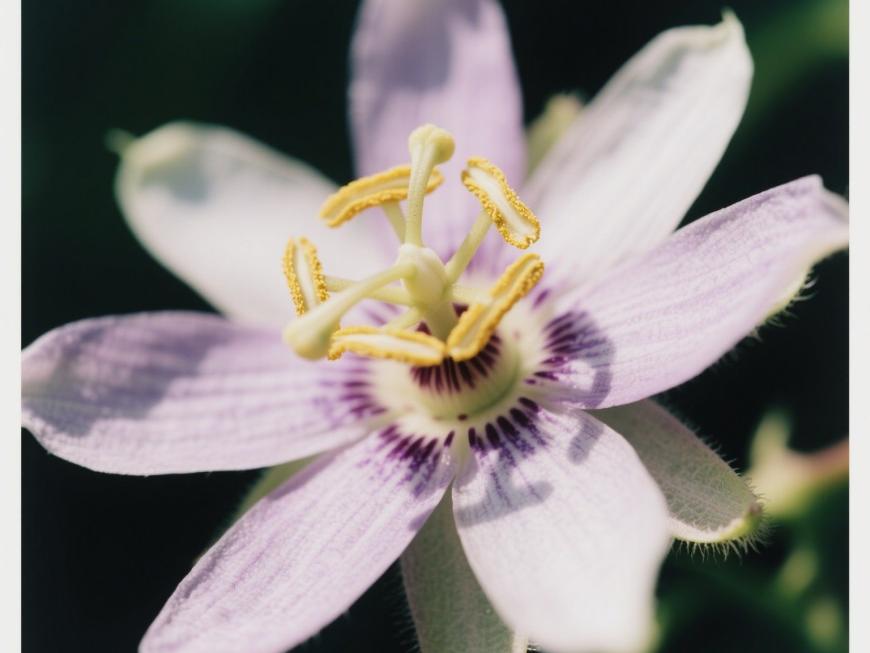
1. Multi-Part Standardized Extraction Technology Enables High-Value Utilization of Whole Passion Fruit
Significant variations in nutritional composition exist across different parts of the passion fruit (rind, pulp, seeds), providing a natural foundation for developing multifunctional ingredients while demanding higher standards for component standardization. The rind is rich in pectin and crude fiber, the pulp contains various amino acids, trace elements, and vitamin C, while the seeds are abundant in protein, unsaturated fatty acids, and dietary fiber—particularly notable for their high linoleic acid content.
Green Spring Technology overcomes product consistency challenges posed by natural component fluctuations in passion fruit parts through standardized raw material processing and precise extraction techniques. By systematically separating and selectively extracting peel, pulp, and seeds, we achieve independent enrichment and quantitative control of functional components like pectin, amino acids, fatty acids, and dietary fiber. This ensures stable active ingredient content and reliable performance across every batch of extracts.
Through our fully controllable standardized production system, we provide clients with extracts from various passionflower parts featuring clearly defined components and consistent quality. This supports formulation development for diverse products including sports nutrition, functional foods, dietary supplements, and gut health solutions, empowering brands to achieve efficient product innovation and competitive market advantages.
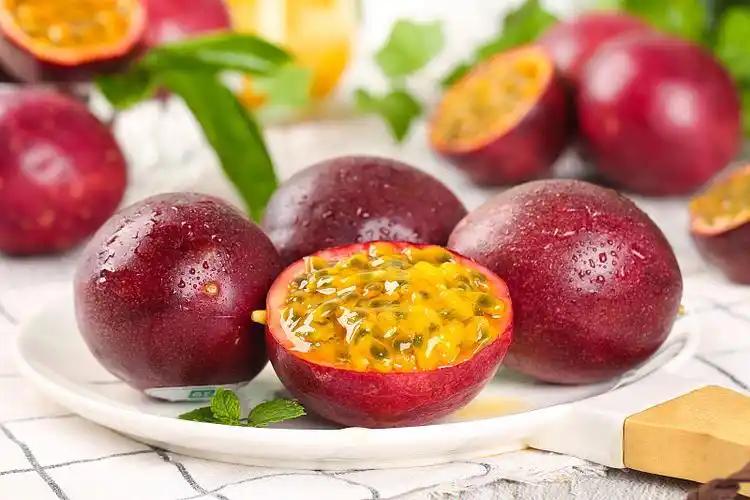
2 Achieving Stability and Safety of Passionflower Functional Components Through Standardized Extraction Processes
Passionflower, a natural source of bioactive compounds including carotenoids, polysaccharides, and alkaloids, finds extensive application in health products. However, its active ingredient content is susceptible to variations in cultivar, growing conditions, and extraction methods, posing significant raw material variability and potential risks. Leveraging a comprehensive standardized management system, Green Spring Technology achieves precise control over multiple components, delivering passionflower extracts that are batch-consistent, quality-uniform, and safety-compliant.
2.1 Achieving Stability and Safety of Passionflower Flavonoids Through Standardized Extraction
Flavonoids, as key functional components in passionflower fruit, exhibit significant variation in content and distribution based on fruit location and cultivar. Research indicates that flavonoid content in passion fruit peel can reach 1.81 times that of the pulp, with distinct differences in flavonoid types across parts. Up to 30 flavonoid components have been identified in the peel, compared to only 15 in the pulp. This uneven distribution poses challenges for raw material standardization.
Green Spring Technology effectively overcomes the natural variability of passion fruit raw materials by establishing a standardized extraction process system. We employ advanced detection technologies (such as HPLC-DAD, HPLC-MS) for rigorous raw material screening and component analysis. Based on the distribution characteristics of flavonoids in different parts, we develop precise extraction protocols to ensure stable flavonoid content and batch consistency in the final product.
Our standardized production process not only achieves precise control over xeronine content but also ensures product safety through a comprehensive quality management system. Each batch of passionflower extract undergoes rigorous testing to guarantee compliance with food safety standards. This provides customers with stable, safe, and potent passionflower flavonoid extracts, offering reliable raw material support for developing antioxidant and health maintenance products.
2.2 Standardized Control of Carotenoids
Carotenoids are bioactive compounds with antioxidant and other physiological properties, yet their types and levels vary significantly within Passiflora. For instance, 13 carotenoids were detected in the “Eggfruit” cultivar, while “Passiflora nitida” contains only two. Cultivation methods also substantially impact compound accumulation, with conventionally grown “Golden Passion Fruit” exhibiting significantly higher carotenoid content than organically cultivated varieties. Through varietal selection and standardized agricultural management, Green Spring Technology targets the extraction of high-value components (e.g., β-carotene, lutein). Combined with quantitative processing, this ensures consistent carotenoid composition and content across every batch of extracts, providing reliable raw materials for antioxidant, eye comfort, and immune support products.
2.3 Targeted Polysaccharide Extraction and Activity Stabilization
Passion fruit peel and seeds are rich in active polysaccharides like pectin and cellulose, which research indicates possess diverse biological activities. Significant variations exist in polysaccharide composition and activity among different extraction methods. The company employs standardized targeted extraction technology to selectively enrich target polysaccharides such as pectin and polygalacturonic acid. This effectively overcomes the variability of traditional processes, ensuring products possess stable biological activity suitable for developing products supporting blood sugar health, intestinal regulation, and immune support.
2.4 Risk Management and Component Standardization of Raw Cyanogenic Glycosides and Alkaloids
2.4.1 Safety Control of Raw Cyanogenic Glycosides
Raw cyanogenic glycosides are present in higher concentrations in unripe fruits, with significant variations in types and levels between peel and pulp. Green Spring strictly adheres to maturity harvesting standards, using only fully ripe fruits to substantially reduce raw material cyanogenic glycoside levels. Subsequent purification processes further ensure final products meet international food safety requirements, guaranteeing end-product safety and compliance.
2.5 Standardization and Component Consistency of Alkaloids
Alkaloids such as harmanine and dehydrocamptothecin have been identified in passionflower, with research indicating their potential for physiological regulation. These components are prone to concentration fluctuations due to variations in raw material varieties and plant parts. Through standardized extraction and concentration techniques, Green Spring implements quantitative control and batch calibration for key bioactive compounds like alkaloids. This approach maintains their active properties while effectively reducing natural variability, ensuring consistent composition and stable performance across every batch of extract. This consistency makes the extract suitable for product development targeting emotional balance and sleep improvement.
3 Primary Physiological Functions of Passionflower Fruit
3.1 Scientific Support for Emotional Health: Standardized Passionflower Extract Aids Mood Stabilization and Relaxation
Traditionally used to support emotional balance and relaxation, modern research further reveals passionflower's potential physiological regulatory mechanisms. Multiple experiments indicate that passionflower extracts influence the gamma-aminobutyric acid (GABA) pathway in the nervous system, a mechanism closely related to the synergistic effects of multiple active components within the extract. Leveraging standardized extraction techniques, Green Spring Technology achieves quantitative control and batch consistency of various active substances in passionflower, ensuring the stable expression of its physiological regulatory potential.
Research indicates that passionflower water extracts demonstrate effects in regulating animal behavioral activity and supporting relaxation in animal studies. Clinical trials further suggest its potential for human applications. Green Spring Technology employs scientific processes to precisely enrich components related to physiological activity within passionflower, avoiding variations caused by differences in extraction solvents and raw materials, thereby ensuring highly consistent product performance.
Our standardized passionflower extract offers clearly defined components and stable potency, making it ideal for developing products targeting emotional relaxation, stress management, and sleep support. This empowers brands to create safe, effective health products backed by robust scientific evidence.
3.2 Providing Stable Raw Material Support for Antioxidant Products with Standardized Passionflower Extract
Scientific research identifies passionflower extract as a natural botanical ingredient with significant antioxidant potential, closely linked to its polyphenols, flavonoids, and carotenoids. Through standardized extraction, Green Spring Technology ensures consistent levels and batch-to-batch uniformity of these key bioactive compounds, providing reliable raw material support for antioxidant product development.
Research indicates that the antioxidant capacity of passionflower extract is significantly influenced by extraction solvents and processes. We employ an optimized standardized production process that precisely controls the enrichment of active components during extraction, ensuring each batch exhibits stable and superior antioxidant performance metrics (such as ABTS, FRAP, DPPH, and ORAC). This standardized production model effectively resolves fluctuations in antioxidant activity caused by variations in raw material sources and extraction methods.
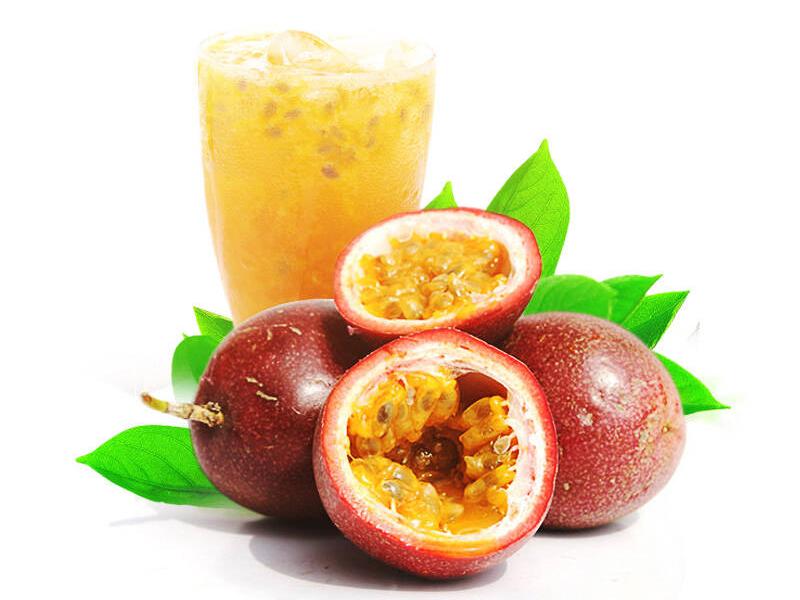
3.3 Supporting Health and Sports Recovery Product Development with Standardized Passion Fruit Extract
Scientific research indicates passion fruit extract holds potential for regulating physiological responses, with its effects linked to multiple bioactive components. Through standardized production, Green Spring Technology ensures consistent levels and batch-to-batch uniformity of key active compounds in its passion fruit extract, providing reliable raw material support for related health product development.
Research indicates that components such as polysaccharides in passion fruit peel extract may exert physiological regulation through multiple pathways. Our optimized standardized production process precisely controls the enrichment of active components during extraction, ensuring consistent compositional characteristics and stable biological activity across every batch. This standardized production model effectively resolves quality fluctuations caused by variations in raw material sources and extraction methods.
3.4 Supporting Skin Health and Anti-Aging Product Development with Standardized Passion Fruit Extract
Scientific research confirms passionflower extract contains multiple active components with potential to promote skin health. Through standardized production processes, Green Spring Technology precisely controls key active components like polyphenols and flavonoids in passionflower extracts, ensuring stable antioxidant and physiological activity metrics in every batch. This provides reliable raw material solutions for skincare and anti-aging products.
Research indicates passionflower extract may support skin health through multiple pathways. Our optimized standardized extraction process ensures stable enrichment of active components and batch consistency, effectively overcoming quality fluctuations caused by variations in raw material sources and extraction methods. This standardized production model provides stable and efficient raw material support for cosmetic and skincare product formulations.
Green Spring Technology's standardized passionflower extract features a defined spectrum of active components and stable quality metrics. It is suitable for developing products targeting antioxidant benefits, delayed skin aging, improved skin elasticity, and enhanced hydration, providing robust raw material support for brands seeking to create market-competitive, innovative skincare solutions.
4 Green Spring Technology Launches Standardized Passionflower Extract, Tackling Natural Raw Material Variability Through Technology
Amid growing demand for natural health products, issues like ingredient instability and unclear efficacy persistently hinder product R&D and innovation. While passionflower is rich in bioactive compounds, its inherent variability severely limits industrial applications. Leveraging its proprietary end-to-end standardized production system, Green Spring Technology introduces a new generation of standardized passionflower extract—delivering premium botanical ingredients with consistent composition, reliable data, and large-scale commercial viability.
Core Advantage 1: Precise Component Control for Batch-to-Batch Consistency
Green Spring Technology employs a four-pronged technical approach—“variety selection, agronomic standardization, targeted extraction, and quantitative standardization”—to achieve precise control over key bioactive components in passionflower, including flavonoids, polysaccharides, and carotenoids. We ensure that variations in the main active ingredient content of each extract batch are controlled within ±5%, fundamentally resolving issues such as low formulation efficiency and inconsistent product efficacy caused by fluctuations in natural raw materials.
Core Advantage 2: Deep Development of Whole Fruit Value, Providing Diversified Component-Based Raw Material Solutions
We transcend traditional limitations of juice-only utilization by fully developing the pulp, peel, and seeds. We offer multiple standardized ingredient components—including high-flavonoid peel extracts, high-fiber pectin, and high-linoleic seed oils—empowering clients to efficiently design formulations tailored to diverse product needs (e.g., emotional health, antioxidant support, gut regulation).
Core Advantage 3: Scientifically Backed, Compliant and Reliable
All extracts come with comprehensive component spectrum analysis reports, bioactivity testing data, and toxicological safety evaluations. These meet major domestic and international market regulatory requirements, providing robust support for your product's efficacy claims and compliant market launch. Discover Our Comprehensive, Compliant, and Consistent Standardized Passionflower Extract Solutions.
Core Advantage 4: Full Traceability, Transparent Quality
Green Spring Technology has established a comprehensive traceability system from cultivation bases to finished product shipment. Each batch of raw materials is traceable to its variety, origin region, harvest period, and extraction process, ensuring truly controllable quality, verifiable sourcing, and preventable risks.
Partner with Green Spring to Empower Product Innovation
Green Spring Technology is committed to being your most trusted natural ingredient partner. Contact us at helen@greenspringbio.com or WhatsApp: +86 13649243917 for complimentary samples and technical documentation to experience how standardized passionflower extracts can unlock new possibilities for your products—delivering stable ingredients, efficient R&D, and enhanced competitiveness!
Reference
[1]Janick J,Paull R E.The Encyclopedia of Fruit and Nuts[M]. UK : CAB Int.Pub.,2008 : 586-595.
[2]Yapo B M,Koffi K L. Dietary fiber components in yellow passion fruit rind - a potential fiber source[J] . Journal of Agricultural and Food Chemistry,2008,56: 5880-5883.
[3]Simirgiotis M J,Schmeda-Hirschmann G,B6rquez J,et al.The Passiflora tripartita ( Banana Passion) fruit : A source of bioactive flavonoid C-glycosides isolated by HSCCC and characterized by HPLC-DAD-ESI / MS / MS[J]. Molecules,2013,18 ( 2 ) : 1672 -1692.
[4 ]Yapo B M,Koffi K L. The polysaccharide composition of yellow passion fruit rind cell wall : chemical and macromolecular features of extracted pectins and hemicellulosic polysaccharides [J]. Journal of the Science of Food and Agriculture,2008,88 ( 12) : 2125-2133.
[5]Pereira C A M,Rodrigues T R , Yariwake J H.Quantification of harman alkaloids in sour passion fruit pulp and seeds by a novel dual SBSE - LC / Flu ( stir bar sorptive extraction - liquid chromatography with fluorescence detector) method[J].Journal of the Brazilian Chemical Society,2014,25 ( 8) : 1472-1483.
[6] Mercadante A Z,Britton G,Rodriguez - Amaya D B. Carotenoids from Yellow Passion Fruit ( Passiflora edulis) [J]. Journal of Agricultural and Food Chemistry,1998,46 ( 10 ) : 4102-4106.
[7]Spencer K C,Seigler D S. Cyanogenesis of Passiflora edulis [J]. Journal of Agricultural and Food Chemistry,1983,31 ( 4 ) : 794-796.
[8] Contreras - Calder6n J,Calder6n - Jaimes L,Guerra - Hernández E,et al. Antioxidant capacity,phenolic content and vitamin C in pulp,peel and seed from 24 exotic fruits from Colombia[J] . Food research international,2011,44 ( 7 ) : 2047-2053.
-
Prev
Green Spring Technology Passionflower Extract - Fully Traceable & Compliant
-
Next
Natural Passion Fruit Ingredient : A New Choice for Clean Label Flavoring


 English
English French
French Spanish
Spanish Russian
Russian Korean
Korean Japanese
Japanese